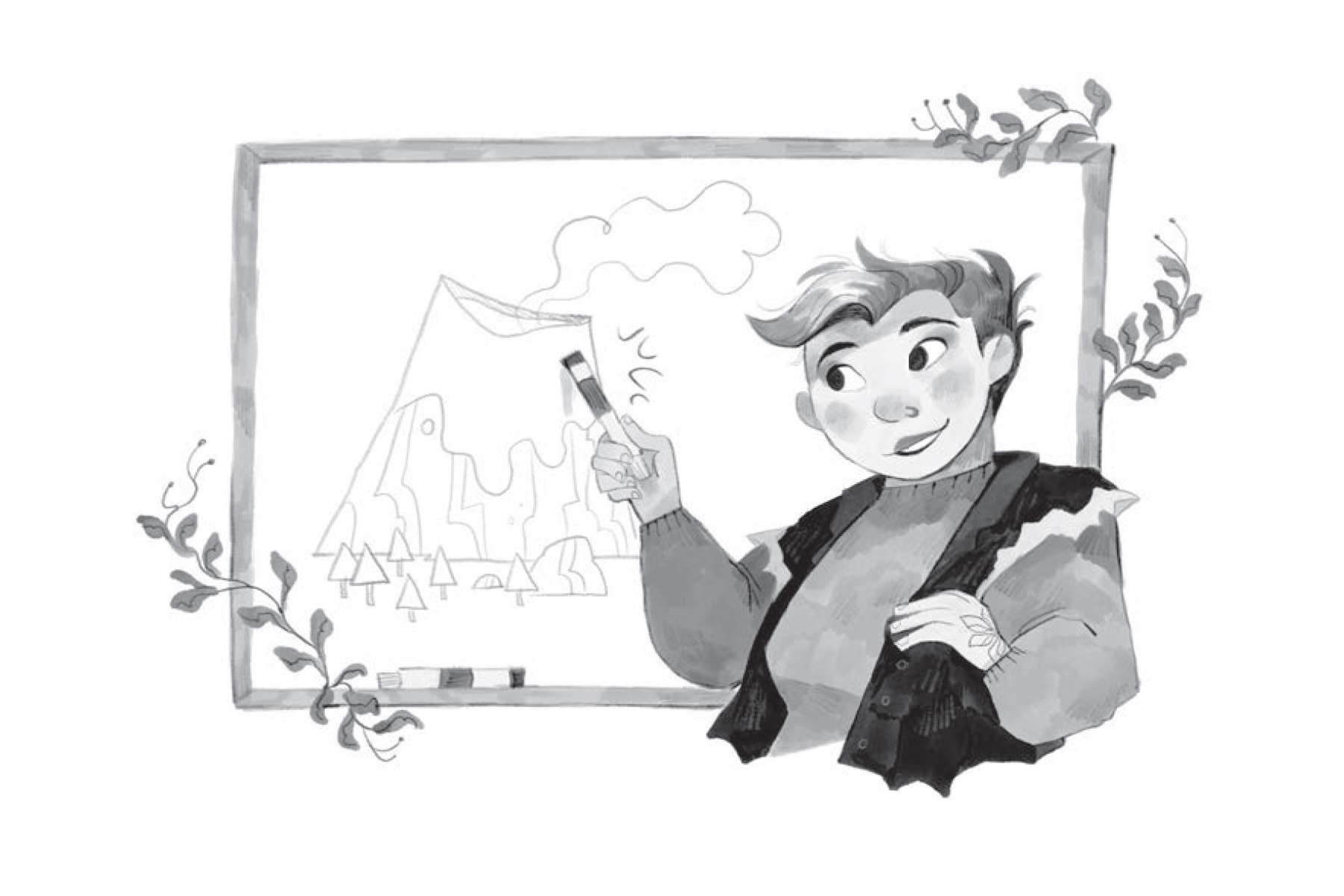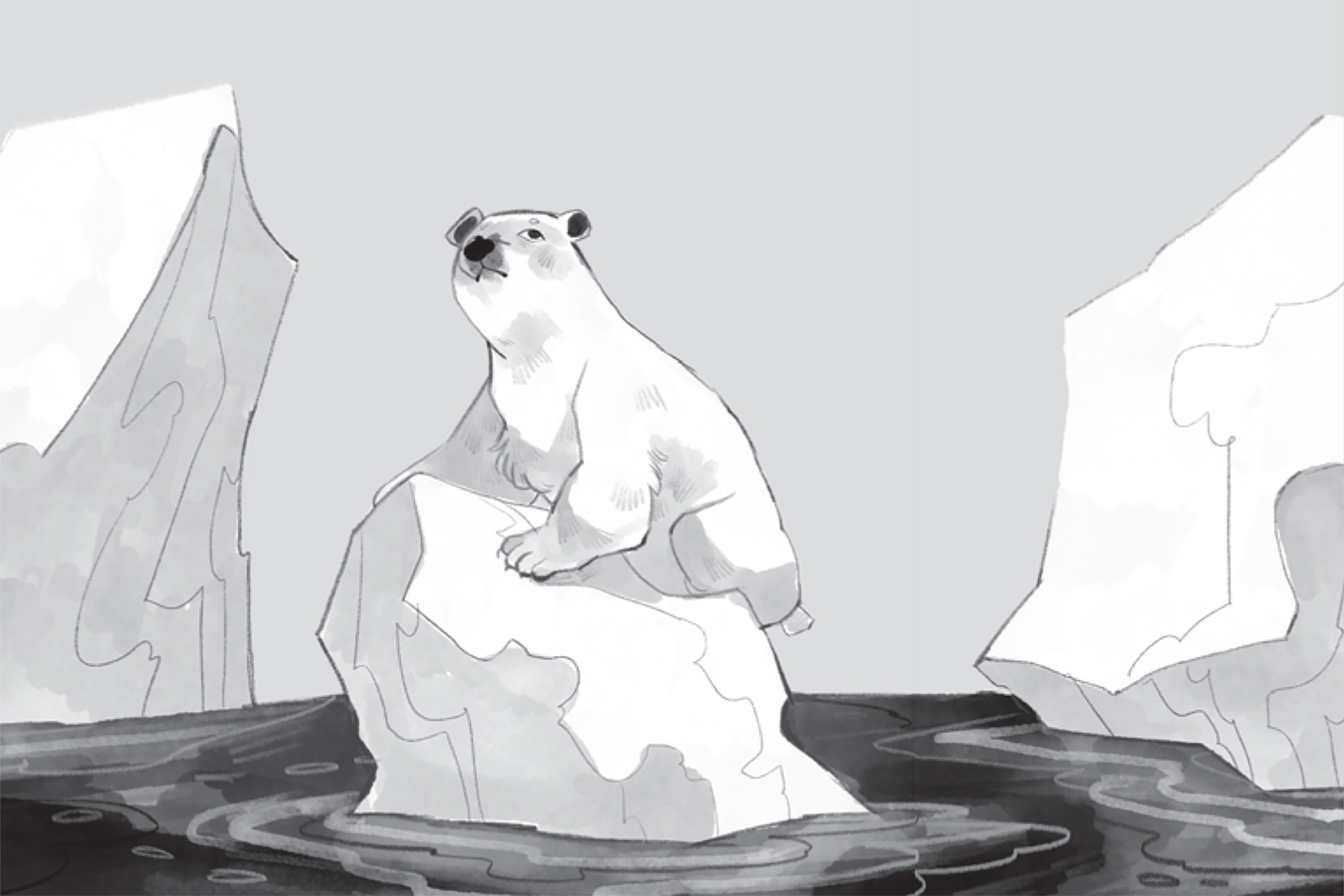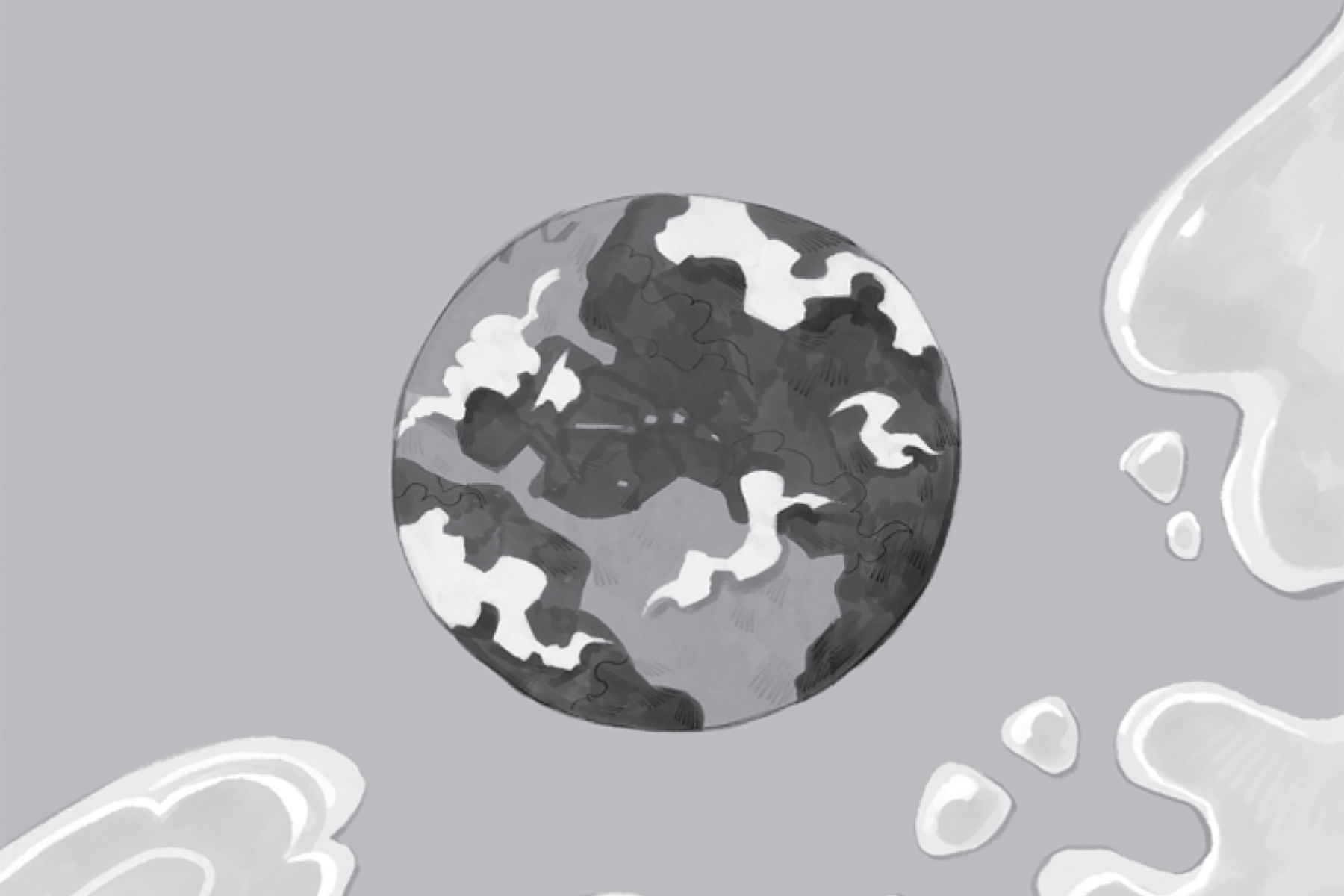- Home |
- Search Results |
- 9 climate change terms you need to know
9 climate change terms you need to know
In Lucy Hawking’s Princess Olivia Investigates: The Wrong Weather, Olivia learns how climate change is affecting the Kingdom of Alez and resolves to help save it. To mark Earth Day, we’ve picked out some of the important climate change terms she learns along the way.

Carbon footprint
This is a measure of the amount of carbon released by a single person or an organisation over a particular period of time, e.g. a year. For instance, if you take lots of holidays abroad, and go everywhere by car, your carbon footprint will be higher than someone who stays in this country for their holidays and walks to school. A company that makes their goods using lots of fossil fuels has a greater footprint than one using renewable energy.
Climate change
This is when the average conditions start to change. Today, the science shows that we are in a period of rapid climate change. This is mostly because of heat being trapped in Earth’s atmosphere.
Deforestation
Trees are good for our planet, producing the oxygen we need to breathe. When trees are burned or chopped down – this is called deforestation – the carbon they store is released into our atmosphere. Forests worldwide are under threat as land is cleared for agriculture, or by logging or mining.
Ecosystem
An ecosystem is a complex system of all plants, animals, and other lifeforms and the environment in which they live – whether in the desert, mountains, forests, ice, or water. The result is a natural balance, with everything working together to support life. The Earth has a variety of ecosystems, which together form a balanced planet. If one goes wrong, it can have a knock-on effect on other systems.

Emissions
Emissions is the term used to describe the release of gases such as carbon dioxide into the atmosphere. Scientists look at the small-scale – like fumes from car exhausts or a cow farting. They also observe the larger scale by, for instance, measuring emissions from a country’s factories and other industries.
Fossil fuels
A general term for fuels like oil, natural gas, and coal – fuels that are buried beneath the surface of the Earth. They are called fossil fuels because they are formed over hundreds of millions of years. When they are burned, they release carbon dioxide into the atmosphere, and so are a big factor in climate change.
Global warming
This is the term used to describe the rise in the Earth’s temperature. The world is now about 1.2 degrees Celsius warmer than it was before fossil fuels were used to provide heat and power for our factories, homes, and cars.

Greenhouse gases
Greenhouse gases – like carbon dioxide, methane, and nitrous oxide – are gases that trap heat. The Sun’s rays hit the surface of the Earth, and the radiation bounces back into the air as heat. We need these gases to keep our planet warm – without them it would be very cold, and life as we know it would die out. But too many greenhouse gases in the atmosphere can cause the planet to get too warm. Right now, our planet is warming up.
Renewable energy
Unlike energy from fossil fuels – which, once used, can’t be replaced – renewable energy comes from sources that are renewed again and again. They include solar power (energy from the Sun), wind power, tidal power, and geothermal power (using the heat from the Earth).